Category: Tech bites
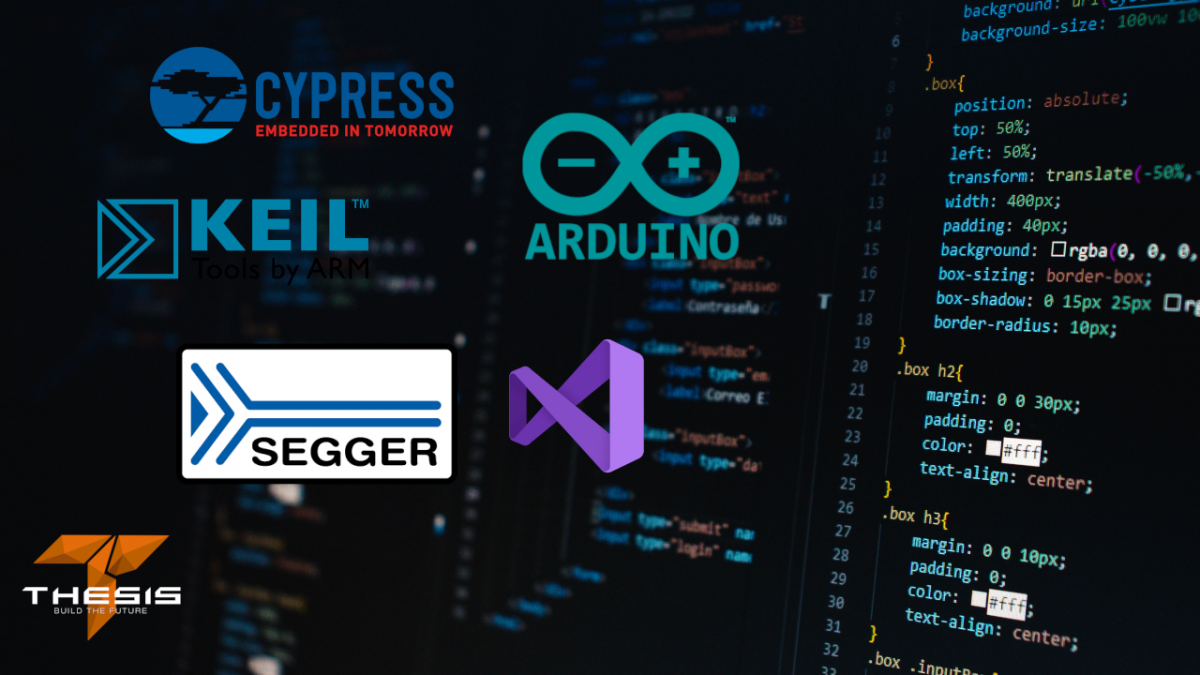
In Thesis, we develop products using various MCUs – Cypress PSoC4/5/6, STM32, Nordic nRF, Arduino, and PIC. In the past, we did that because of various client requirements and/or outcomes from our in-depth engineering evaluation. However, we do it nowadays because we aim to make our product design as MCU agnostic as possible to circumvent […]
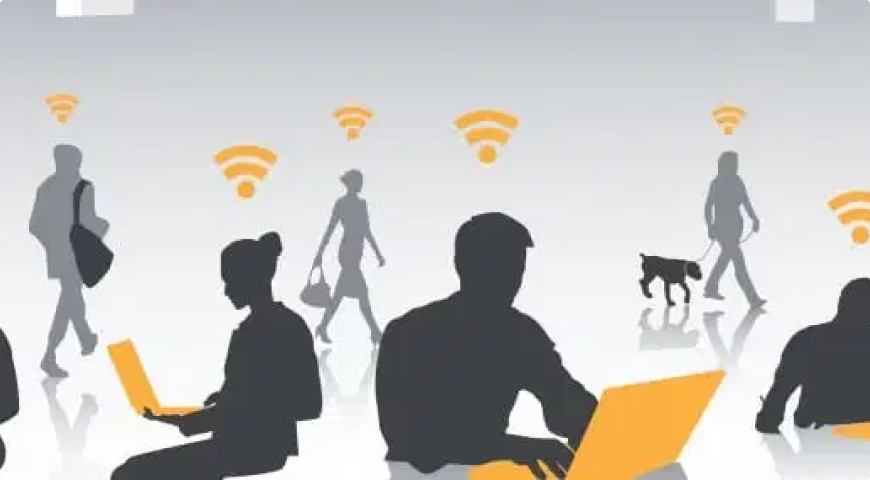
There is increasing public concern that adverse health effects may arise from exposure to radiofrequency (RF) sources, particularly due to the increasing use of mobile and wearable devices with growing radio-communication capabilities such as GSM, Wi-Fi, and Bluetooth. This is particularly true with wearables, which are usually worn on the body and sometimes in direct […]
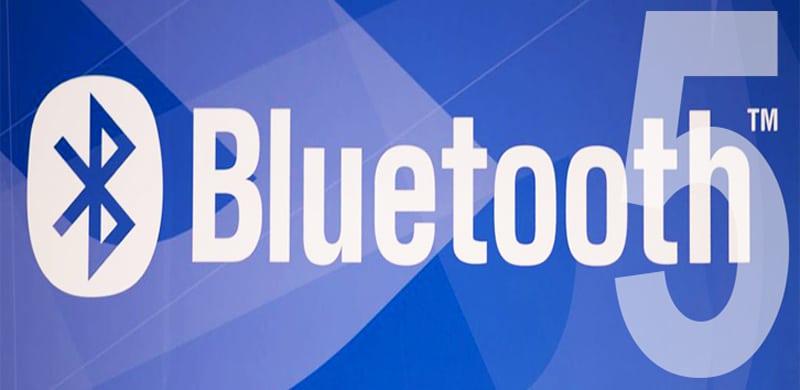
One of the ubiquitous wireless communication methods has gotten even better. Bluetooth SIG has released Bluetooth 5 (BT5), an enhancement to the current Bluetooth Low Energy v4.2. The key updates to Bluetooth 5 are 8x data, 4x range, and 2x speed, as well as improved interoperability and coexistence with other wireless technologies. For a designer and […]

We develop ideas and build solutions to solve tomorrow’s problems. Often, many come to us with promising ideas in need of technical help to develop their concepts. The challenge with idea development is that innovation initiatives frequently fail, falling short of the idealized goal. Several reasons include a lack of understanding of the steps required […]
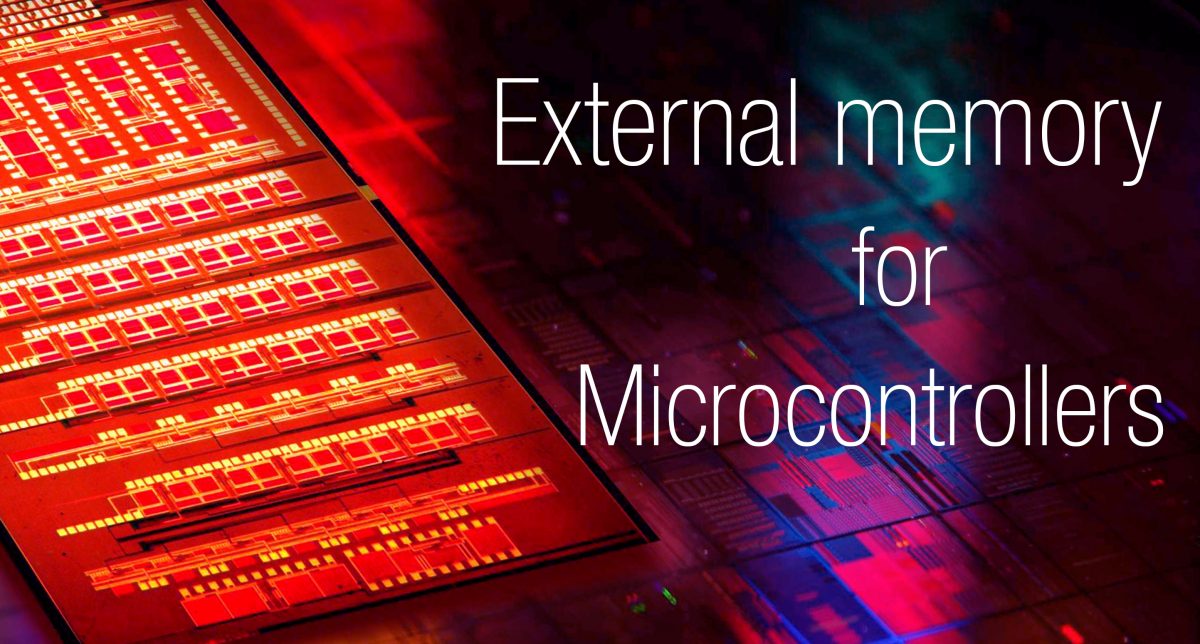
Engineers have a wide variety of microcontrollers to choose from for various application needs. While microcontrollers have come a long way with lower power and faster clock speeds – program memory (RAM/ROM) is often still very limited.There are several reasons for this. First, memory requires a lot of silicon die area. This means that increasing […]
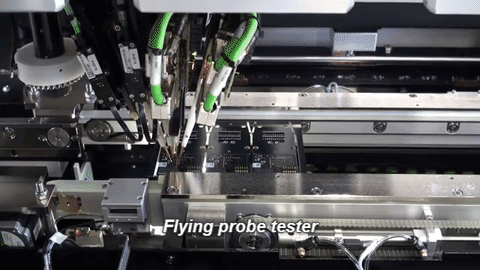
The final step in an embedded system typically occurs when the firmware or code is flashed into the micro-controller/processor on a PCB and the process almost always requires some sort of physical connection. There are two main methods of momentary contacting assembled electronics – flying probe testing (woodpecker) or a bed-of-nails test fixture. Both methods […]
